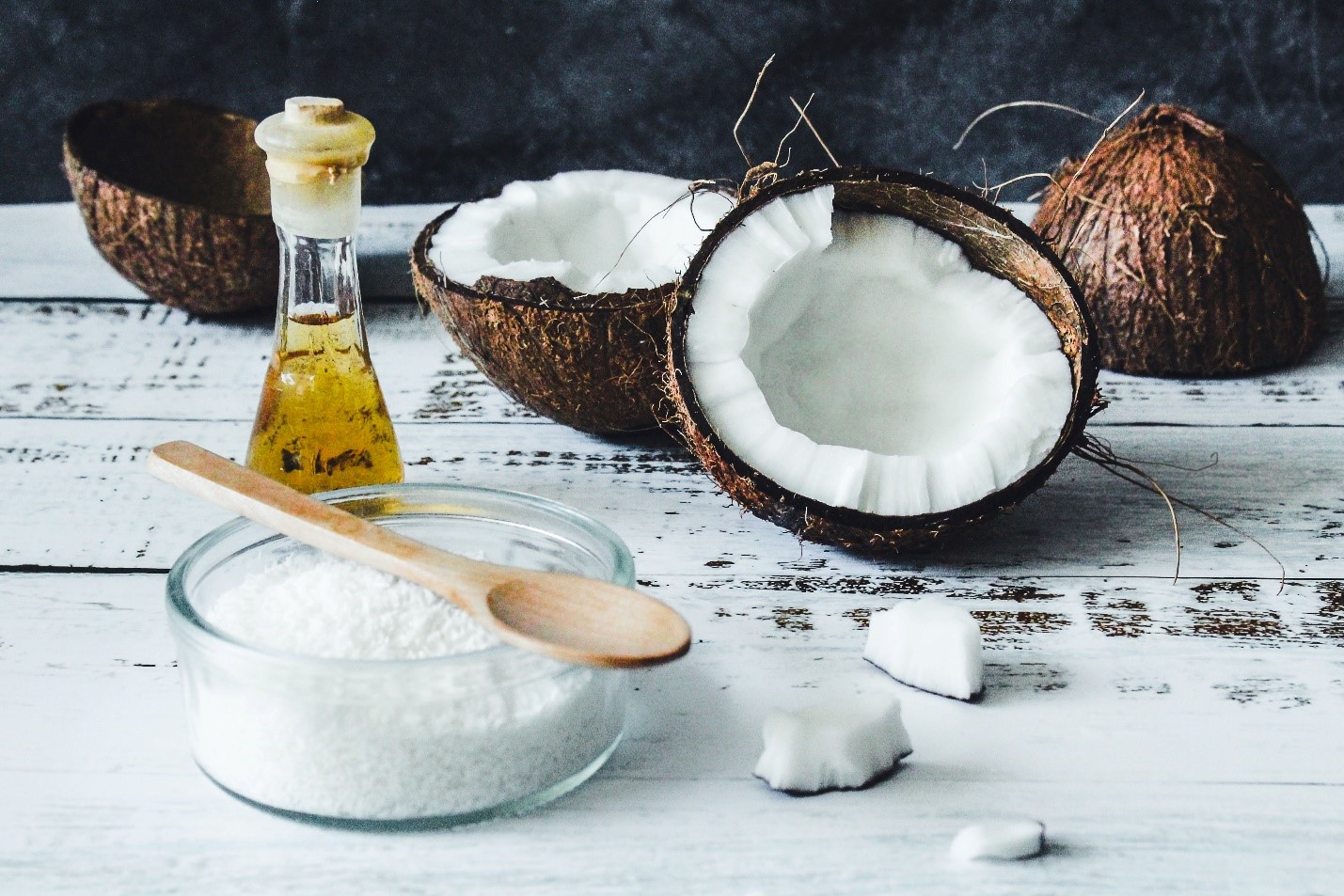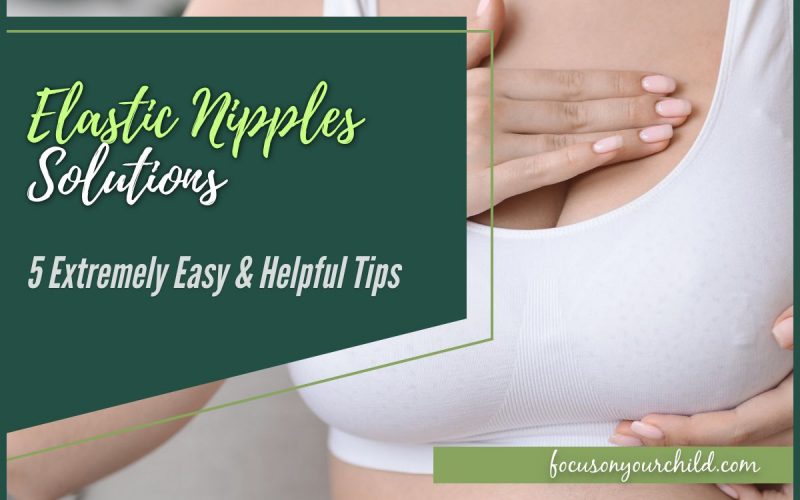Being a new mom is no easy task. You’re responsible for this tiny human, and that’s a lot of pressure. One of the most difficult things about being a new mom is pumping milk, especially if you have elastic nipples. Fortunately, there are several ways to address this.
Elastic nipples can cause some pain and make pumping inefficient at the same time. Mothers suffering from this can adjust the pump or the flanges to try and find a certain way that makes them feel better. Other elastic nipples solutions include using lubricants such as lanolin or coconut oil and getting a cushion.
This article will discuss all about elastic nipples and provide five helpful elastic nipples solutions.
What are Elastic Nipples?

Elastic nipples are when the elasticity of the nipples becomes an issue when mothers pump milk.
The first thing that every mom should understand is that a certain degree of elasticity is normal. The elasticity is especially noticeable in the areolas or the skin around the nipple. However, too much elasticity is when the nipples can reach the end of the flange.
The first problem with this amount of elasticity is that it can be quite uncomfortable, even painful. Pumping should not be painful; thus, any form of pain should signify to new moms that something must be wrong.
This can even lead to sore and cracked nipples. While these are symptoms that can be addressed, mothers who find these conditions too discomforting might end up switching to baby formula. However, there are still factors that make breastmilk the better option (e.g., cost-effectiveness, presence of antibodies, etc.).
The next problem with elastic nipples is that this degree of elasticity slows down milk flow, thereby resulting in low milk production. Normal elasticity should allow the nipple to be pulled at most halfway to the flange. However, pulling too much of the nipple into the flange affects the pressure of the pump.
It is important to reiterate that elastic nipples are more of an issue for mothers who are pumping breastmilk rather than directly breastfeeding. Elasticity is actually preferable when breastfeeding because it helps babies latch on.
Resulting in pain and inefficient pumping, elastic nipples should be addressed as soon as possible. Fortunately, there are several elastic nipples solutions that you can try!
Elastic Nipples Solutions

-
Adjust the Flange
The first solution to the problem is to adjust your flange.
You can either ask your lactation consultant or speak with someone at your local breastfeeding support group about different-sized flanges. A larger flange might help reduce some amount of this problem while simultaneously increasing milk production.
The next step may be investing in custom-sized breast shields if none of these options work for you. This is because each woman has unique needs, especially when it comes to breastfeeding.
If you find that the flange is too wide, try turning it slightly inward. On the other hand, if your nipples are sticking too much into the flanges, simply turn them outward. This will help mold your breasts and reduce some of this discomfort.
You can also try switching to a silicone flange as well. This is because a silicone flange has a greater degree of elasticity, which may be more comfortable for you.
-
Adjust Pump Settings
It is possible to turn the pump strength down in order to compensate for elastic nipples. Just remember that you can always change it later on since there are mothers who prefer a higher or lower intensity when it comes to pumping. The key takeaway is that the vacuum strength should be set to the comfort of the mother.
The next step is to adjust the cycle speed. Many mothers find that adjusting this specific setting helps increase milk production and decrease discomfort.
Another important thing to remember about your pump settings is that you can always change them later on. Every mother has different needs, so it’s best play around with the pump settings to find the ones that work best for you.
-
Use Lubrication

Lubrication is one of the easiest and most cost-effective elastic nipples solutions. By adding some lubricant to your nipples, you can reduce any form of discomfort from pulling or tugging on them.
There are a few types of lubricants that you can apply for this purpose. Coconut oil is a common suggestion. This is a great lubrication option because it helps reduce friction and pain while being food-safe for the baby. Other moms use lanolin or olive oil instead.
For mothers who are not comfortable with using such substances inside the breast shield, you can also try using breastmilk. A few drops can be expressed first and rubbed on the inner part of the tunnel.
-
Use a Breast Pump Cushion
Since elastic nipples are caused by the pump, it’s best to use a breast pump cushion in order to create enough room. This is because the pressure of the vacuum when pulling too much nipple into the shield can cause discomfort and pain that might deter you from pumping regularly.
These cushions improve the overall experience by serving as a barrier between your sensitive skin and the plastic of the flange.
However, it should be noted that these cushions have to be replaced every now and then. Their lifespans depend on the frequency of the pumping.
-
Get a Good Quality Pump
In order to ensure that you’re using the best elastic nipples solutions, it’s important for you to invest in a good quality pump. It is recommended for mothers who are trying out different pumps or finding one with similar features to their previous device.
This can help increase milk production and avoid discomfort.
Another important benefit of using a high-quality pump is that it can help you avoid overstimulation. This may lead to plugged ducts and mastitis, which are serious conditions for both mother and child.
It’s important not to go with the cheapest option because this could save money in the short term but end up costing more in the long term.
